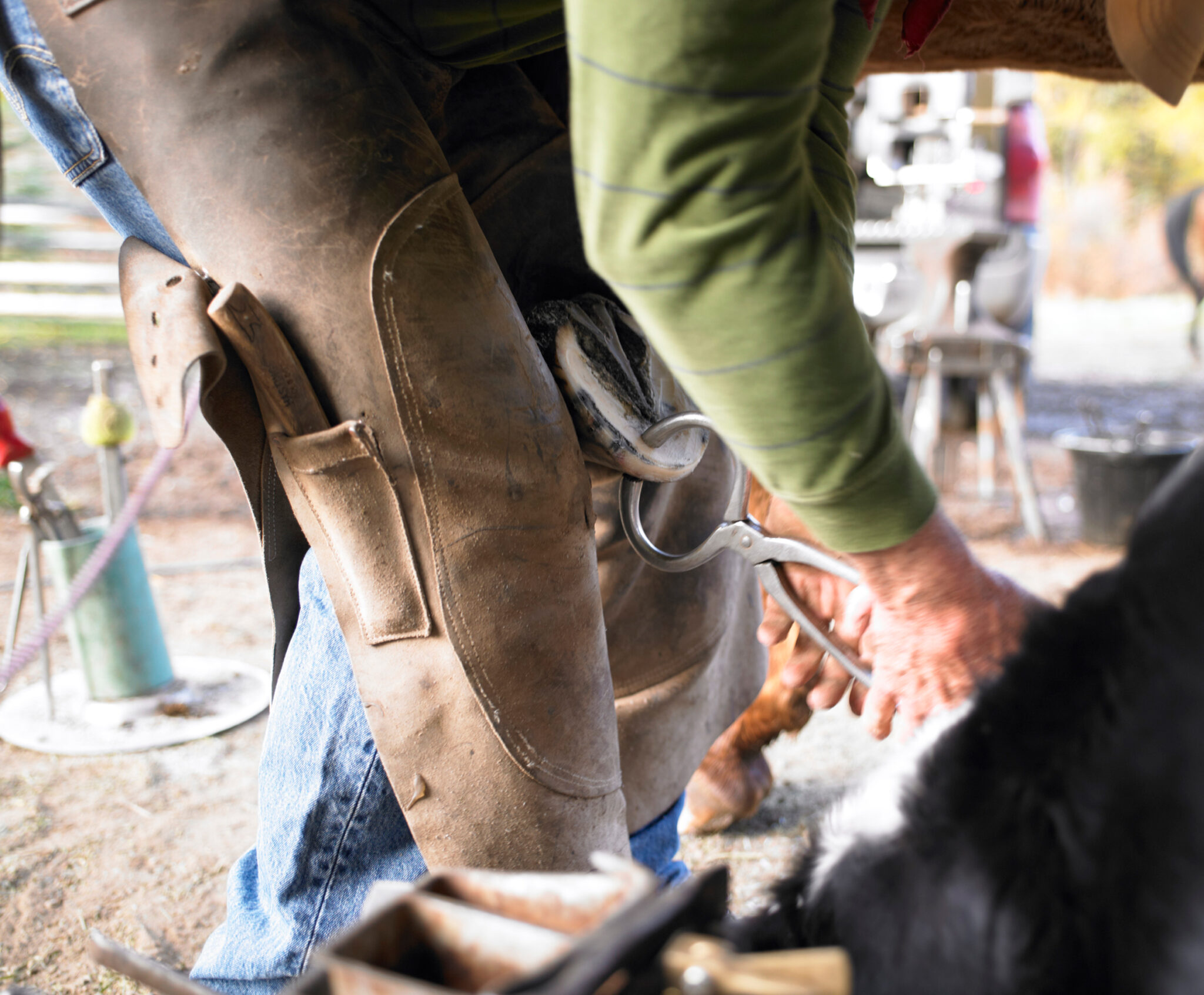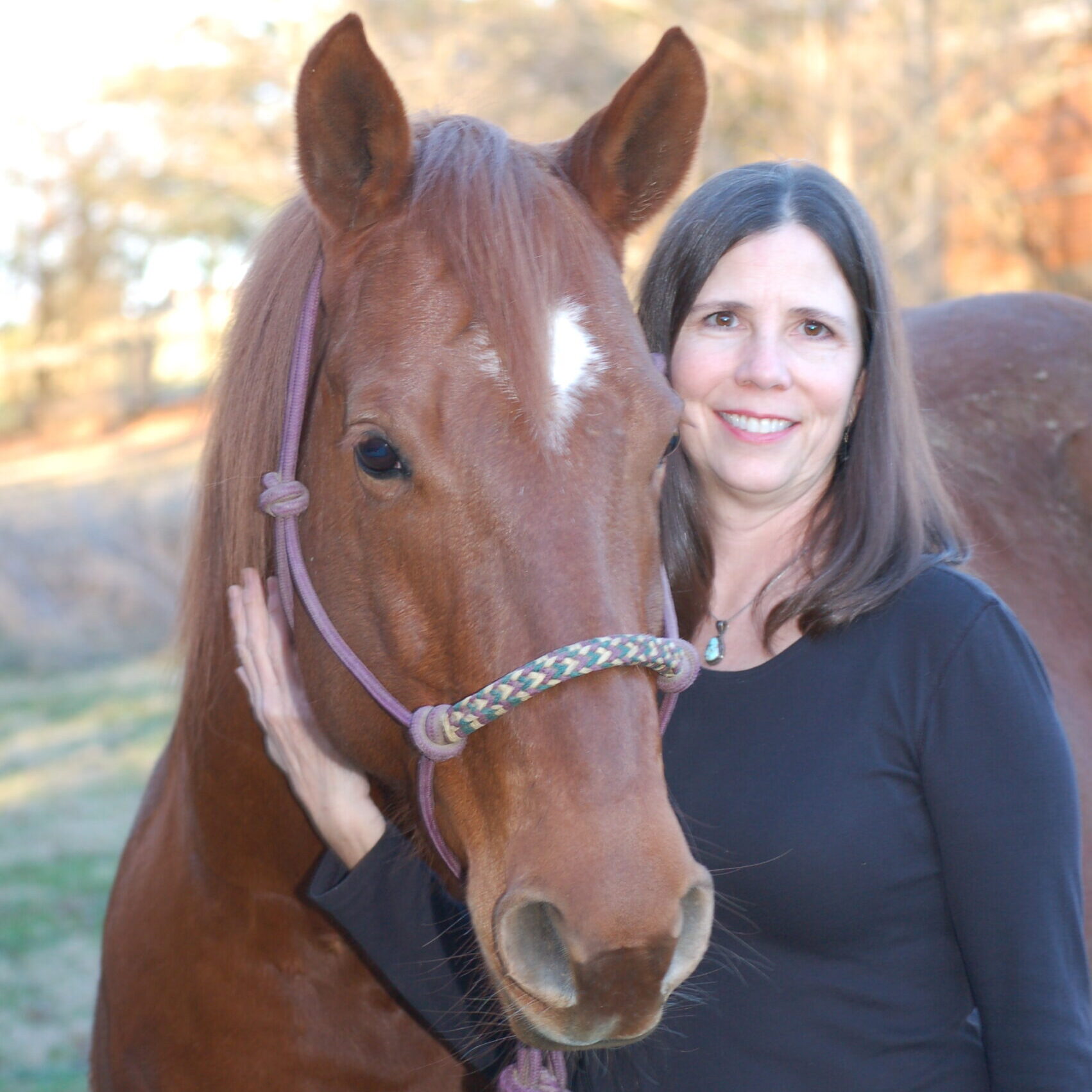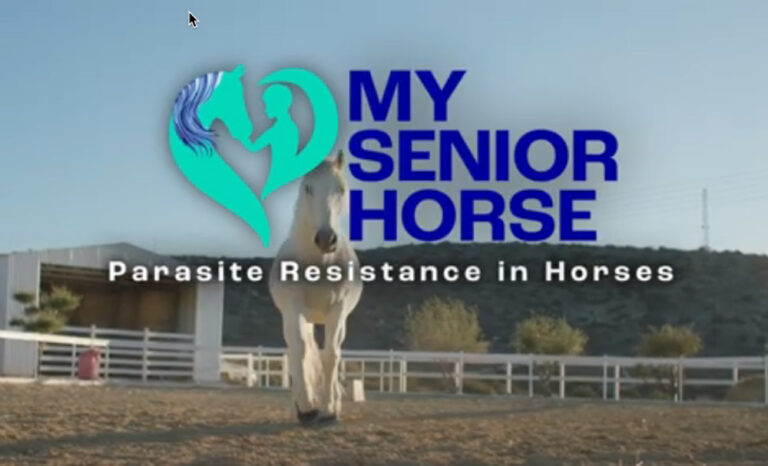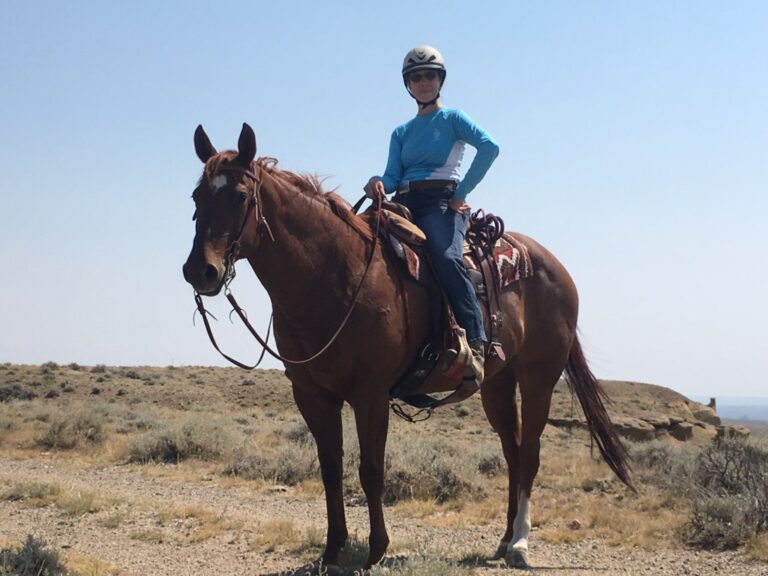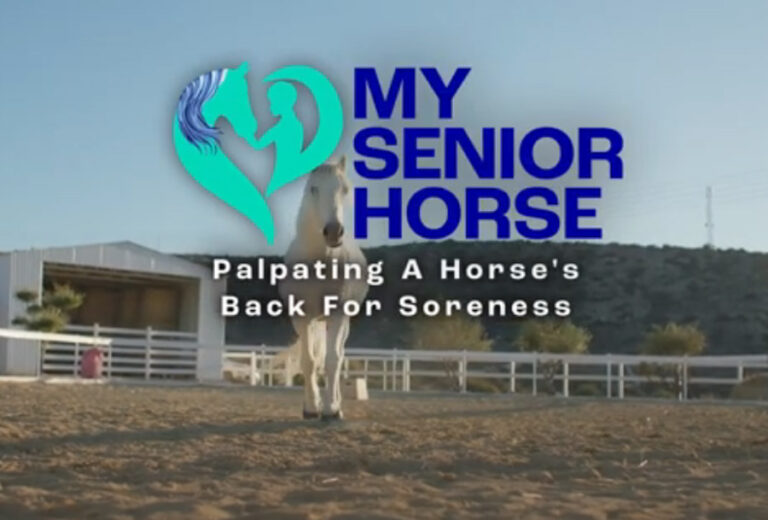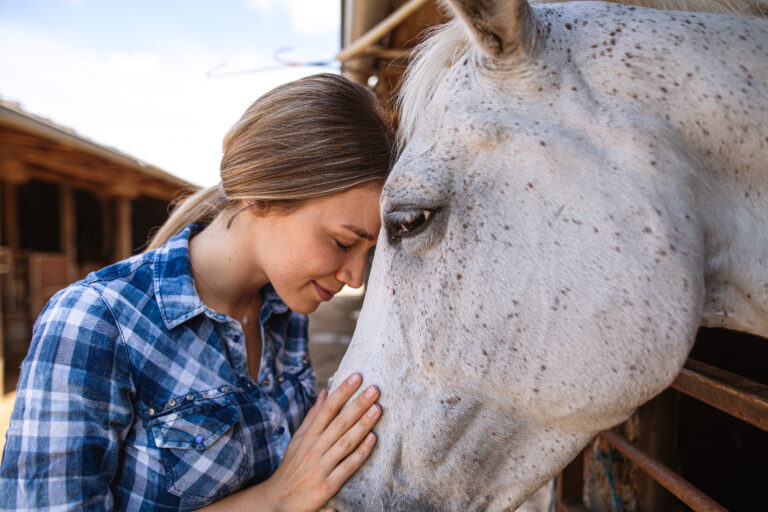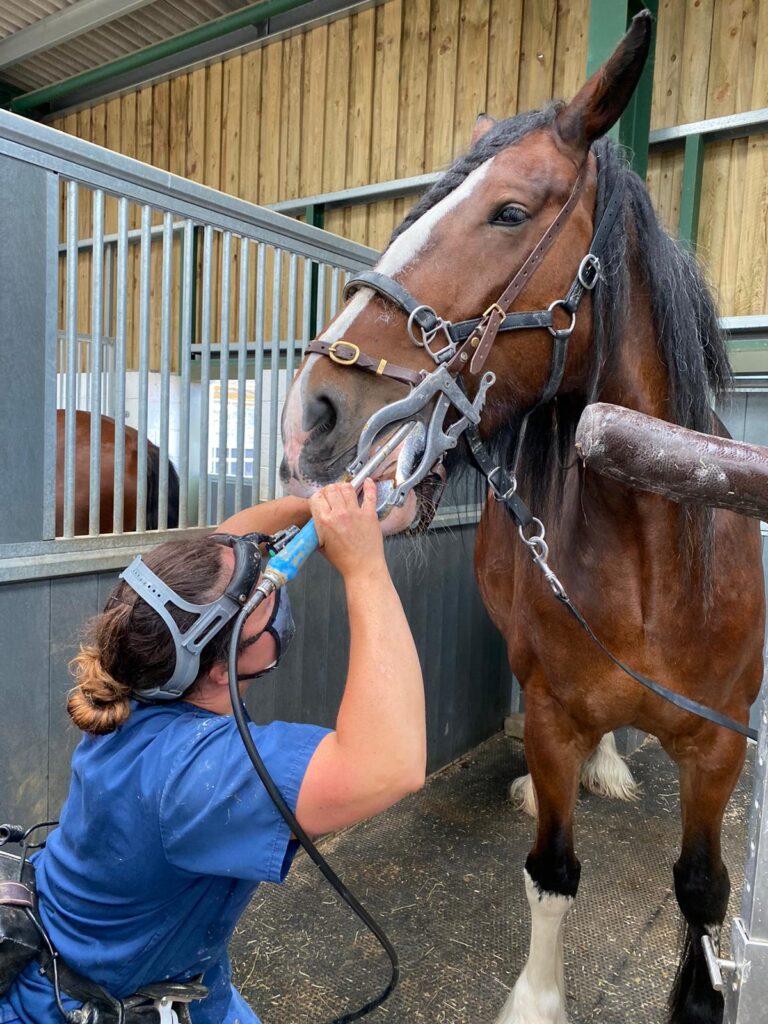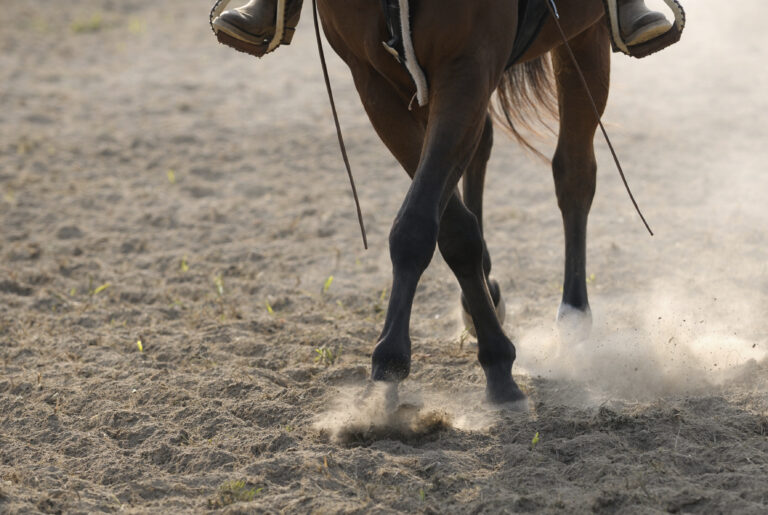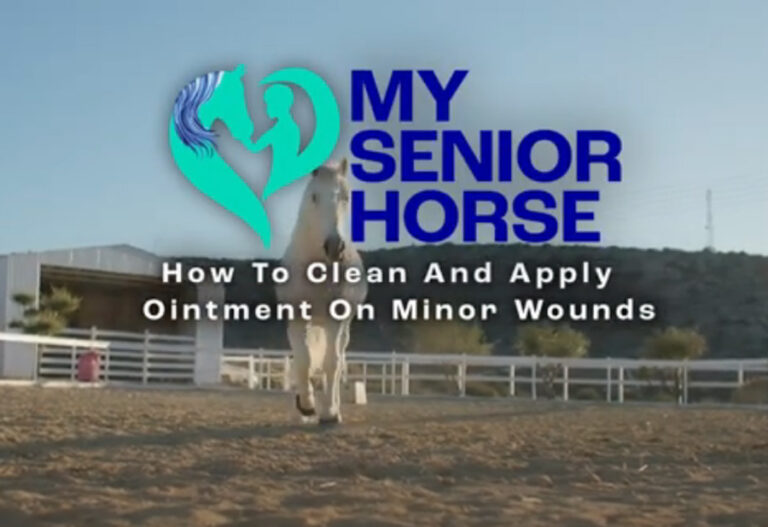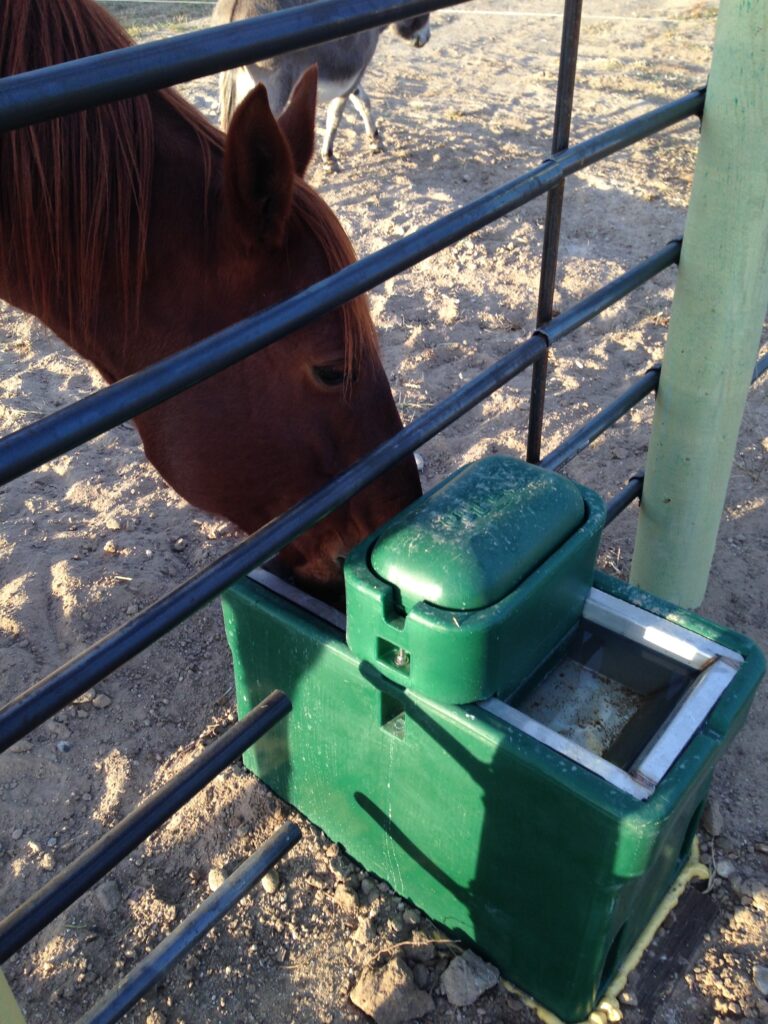Pituitary pars intermedia dysfunction (PPID) and equine metabolic syndrome (EMS) are common equine endocrine diseases. But just how much do horse owners know about them?
To investigate this, Auburn University researchers surveyed 1,972 horse owners and presented their results at the 5th Global Equine Endocrine Symposium (GEES). That meeting, brought to you by Boehringer Ingelheim, was held in 2023.
Equine Endocrine Diseases Research Results
Alfredo Sanchez-Londoño, DVM, MS, DACVIM (Large Animal), of Auburn University, reported on the survey. His research was titled “Survey of Knowledge of Equine Endocrine Diseases by Horse Owners.” He said that the vast majority of respondents were based in the United States.
Of the 1,972 total respondents, 1,286 were familiar with the term PPID, 679 were not, and 7 did not respond.
From the 1,972 respondents who answered the survey, 955 had heard about both PPID and EMS. However, they had not had a horse diagnosed with either. A total of 511 respondents had a horse diagnosed with PPID. 251 had a horse diagnosed with both EMS and PPID. 202 had a horse diagnosed with EMS.
Clinical Signs Recognized
The most common clinical signs recognized by owners of PPID-affected horses were abnormal haircoat/delayed shedding, muscle mass loss, and weight loss.
In horses affected by EMS, the most commonly recognized clinical signs were abnormal fat deposits/cresty neck, “easy keeper” status, and laminitis.
These horse owners recognized some common clinical signs for horses with both PPID and EMS. The signs were abnormal haircoat/delayed shedding, laminitis, and abnormal fat deposits/cresty neck.
Horses that developed laminitis had X-rays done in 115 of 154 PPID cases, in 91 of 125 EMS cases and in 139 of 172 cases of combined PPID and EMS.
P3 rotation was present in 82 of 115 PPID cases. That clinical sign was also present in 73 of 91 EMS cases and 107 of 139 cases of combined PPID and EMS.
Common laminitis treatments used by owners were pain management, hoof trimming, and stall rest.
Editor’s note: You can access the full proceedings of the 5th GEES Symposium here.
Further Reading
- Farrier Knowledge of Equine Endocrine Diseases. Kimberly S. Brown. MySeniorHorse.com
- Assessing Your Animal’s Risk of Laminitis. Dr. Ed Knowles. MySeniorHorse.com
- Characteristics of the Equine Metabolic Syndrome. Dr. Simon Bailey. MySeniorHorse.com
- Horse Breeds, PPID, and Insulin Dysregulation. Kimberly S. Brown. MySeniorHorse.com
-
Kimberly S. Brown is an award-winning writer and publisher. She is the Editorial Director for My Senior Horse. Brown spent 10 years at Equine Network, parent company of My Senior Horse. Prior to that she worked for three years in equine nutrition after she retired from nearly 30 years working at The Blood-Horse. Brown spent the last 15 years of her time at that organization creating and developing The Horse and TheHorse.com.View all posts

